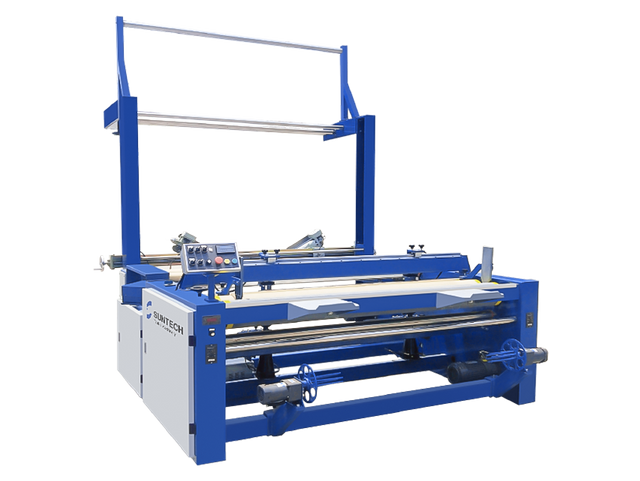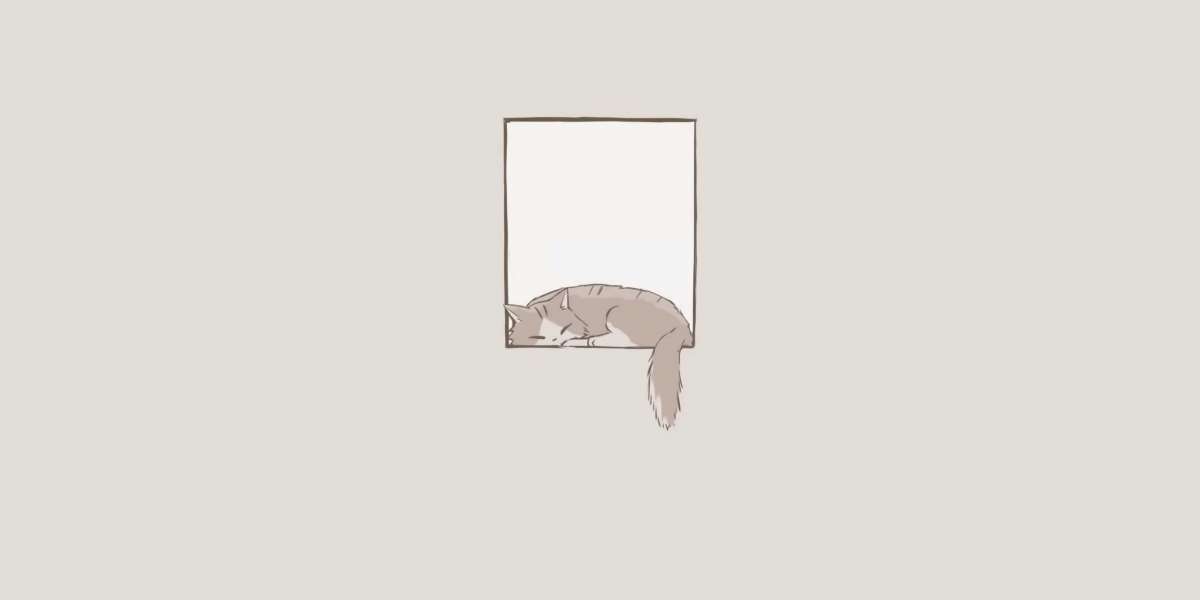The fabric cutting machine has undergone significant transformations over the years, evolving from simple manual tools to sophisticated automated systems. This evolution has not only enhanced efficiency but also improved precision in the textile industry. Understanding this journey provides valuable insights into the current state of fabric cutting technology.

Historical Overview of Fabric Cutting Machines
Initially, fabric cutting was a labor-intensive process. Craftsmen relied on manual tools such as scissors and rotary cutters to achieve the desired shapes and sizes. While these methods were effective, they often resulted in inconsistencies and wasted materials. As the demand for textiles grew, the need for more efficient solutions became apparent.
Transition to Mechanical Solutions
The introduction of mechanical fabric cutting machines marked a pivotal moment in textile manufacturing. These machines utilized blades and other cutting mechanisms to streamline the cutting process. They significantly reduced the time required for cutting fabric, allowing manufacturers to increase production rates. However, these machines still required skilled operators to ensure accuracy.
Advancements in Automated Fabric Cutting Technology
With the advent of technology, the fabric cutting machine has seen remarkable advancements. Automated systems now incorporate computer numerical control (CNC) technology, which allows for precise cutting based on digital patterns. This innovation not only enhances accuracy but also minimizes fabric waste, making it a more sustainable option for manufacturers.
Benefits of Automated Fabric Cutting Machines
- Increased Efficiency: Automated machines can operate continuously, significantly increasing production capacity.
- Enhanced Precision: CNC technology ensures that cuts are made with high accuracy, reducing the likelihood of errors.
- Cost-Effectiveness: By minimizing waste and labor costs, automated solutions provide a better return on investment.
- Flexibility: Modern machines can easily adapt to different fabric types and cutting patterns, catering to diverse manufacturing needs.
The Future of Fabric Cutting Machines
As technology continues to evolve, the future of fabric cutting machines looks promising. Innovations such as artificial intelligence and machine learning are expected to further enhance the capabilities of these machines. For instance, AI can optimize cutting patterns in real-time, ensuring maximum efficiency and minimal waste.
In conclusion, the journey of the fabric cutting machine from manual to automated solutions reflects the broader trends in the textile industry. As manufacturers seek to improve efficiency and sustainability, embracing advanced cutting technologies will be crucial. For more information on the latest fabric cutting machines, visit  .
.








